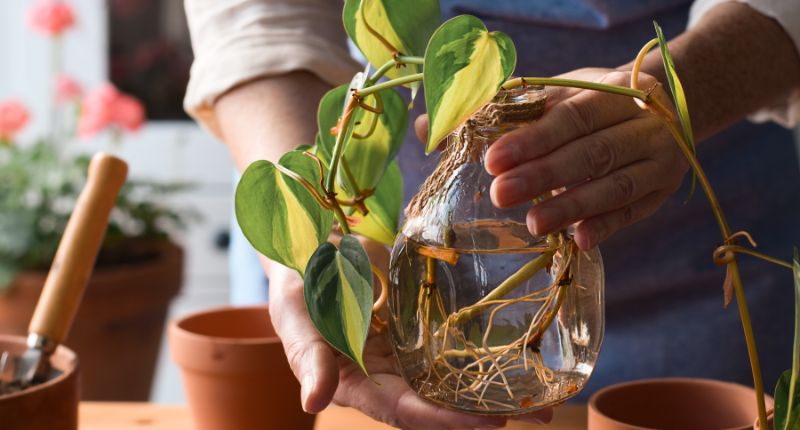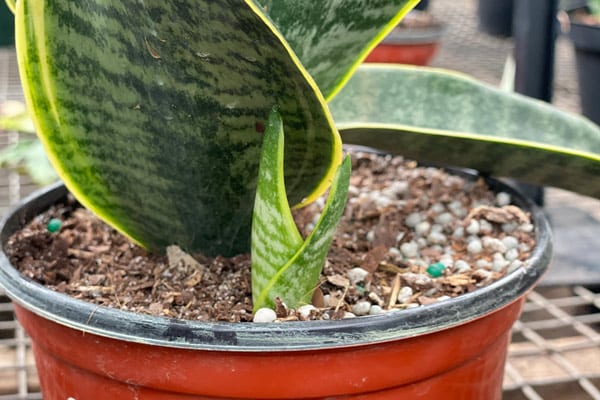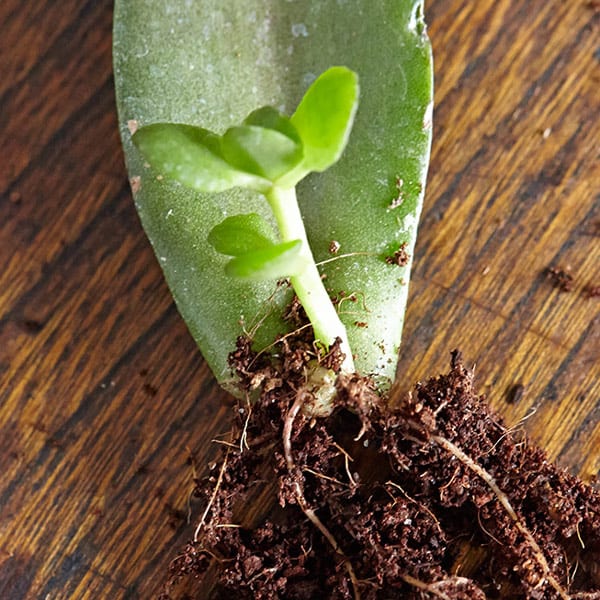- Mon - Sat: 9AM-6PM & Sun: 9AM-5PM
- 1440 Kearney Street, Denver CO 80220
Houseplant 101: How to Easily Propagate Houseplants

Houseplants have the remarkable ability to turn any house or apartment into the indoor jungle of your dreams. They warm up any room and are great for the mind, body, and soul. Here at City Floral Garden Center in Denver we like to carry a wide variety of rare and traditional houseplants, so you’ll always find just what you are looking for.
Often times we’ll get questions about how to propagate houseplants and that topic REALLY brings out our inner plant nerd. Houseplant propagation can be a great way to multiply your houseplants but can be a daunting task that doesn’t always result in success. We certainly encourage everyone who is a houseplant enthusiast to give propagation a try, it can really help you learn more about your plants. Plus, the act of creating a new plant from an existing plant it just plain exciting!
Depending on the type of plant, you’ll use one of several propagation methods. The most common propagation methods are dividing, rooting a leaf, or rooting a cutting. Whichever method you choose, multiplying your houseplants will be an exciting learning experience.

Dividing houseplants is exactly what you’d think it is—dividing one plant into two or more. The best time to divide your houseplants is spring because they have come out of their rest and are ready to start growing again. The easiest plants to divide are those that naturally produce offsets like spider plants or sansevierias.
Steps to dividing houseplants:
- Start by removing the plant from the pot and examining the root ball. Determine the best areas where you’d like to divide. These are generally areas with a healthy section of roots.
- With a sharp knife, cut the plant into sections- making sure that the roots stay well intact. Some plants can be gently pulled apart without the need to cut.
- Prepare a new container of well-draining potting soil and replant your new divisions as soon as possible. Make sure to plant at the same depth as the previous plant. Water the divisions and place them in a warm location with bright, indirect light. Once established, you should start seeing new growth.

Plants that you can divide:
Sansevierias
Ferns
ZZ Plants
Peace Lily
Rooting from a leaf can be tricky because you must make sure that you get a clean cut from the existing plant. Generally, let the leaf dry out so the cut scabs over so it won’t absorb a lot of moisture when you water it. The best plants to root from a leaf are sansevierias and a wide variety of succulents including jade plants. No matter what, rooting a leaf will take some trial and error and not every leaf will successfully root.
Steps to rooting a leaf:
- Start by cutting the leaf of the plant as cleanly as possible. Make sure nothing is left behind in this process. Let the leaf dry out for a couple days to allow the cutting to scab over. With sansevierias- you’ll want to cut a triangle shape into the bottom of the cut leaf, rather than just leaving a straight cut on the hopeful propagation.
- Dip the tip of the leaf in a rooting hormone and then insert at least two-thirds of the plant into fresh potting soil. Make sure the leaf is pointing out of the soil in the direction of growing.
- Then gently press the potting mix around the stem.

Plants that can be propagated from leaves:
Sansevieria
Jade Plants
ZZ Plants
Pepermonia
Propagating a new plant from a cutting can be done in one of two ways—either in water or in soil. Either way is effective in propagation, although putting your cutting in water and watching the roots grow is quite satisfying! Some of the easiest plants to root from a stem cutting are pothos or spider plants.
Steps to rooting from a stem cutting:
- Start by cutting just below where the leaf meets the stem, this is called the node. The node looks like a little bump in the side of the stem. This is where you’ll see the root coming out if you are using the water method.
- If you are propagating in soil, dip the cutting in a rooting hormone and then insert at least two-thirds of the plant into fresh potting soil. Make sure the stem is pointing out of the soil in the direction of growing. Provide indirect light and keep moist.
- If you are propagating in water, simply place the cutting in cool water and wait for the roots to present themselves. Once they are about an inch long your cutting is ready to be removed from the water and planted in soil. Prepare a container (with drainage!) with a well-draining potting mix. Keep the soil evenly moist for the first 1-2 weeks and then taper off your watering frequency.
Plants that can be propagated from stem cutting:
Pothos
Chinese Evergreen
Dracaena
Diffenbachia
Philodendron
Which houseplant are you most excited to try to propagate? Share with us on Instagram or Facebook and tag @cityfloralgardencenter or in the comments below!


